Nature and Culture: Diversity rules
Relax. Breathe. Feel your pulse. Is it regular? Good. Because that, of course, is why you are alive. It shouldn’t be monotonous though. That could mean you might be in trouble soon. It’s a startling discovery scientists made back in the 1990s: A heart that beats with little variability can herald anything from cardiovascular disease to cognitive problems – even heart attacks. Variation, in other words, is key for life. Love or hate that metaphor – but this idea that variation and diversity are not merely coincidental but fundamental to live is what ties nature to us humans.
Cultural diversity is shaped by biodiversity. That’s what experts say, who have started to look at this connection in greater detail over the last years:
Nature and culture converge on many levels that span values, beliefs and norms to practices, livelihoods, knowledge and languages. As a result, there exists a mutual feedback between cultural systems and the environment, with a shift in one often leading to a change in the other. [For instance,] If plants or animals are lost then the words used to describe them are often lost from a language shortly after
Ok, that gives an impression of how cultural and biological diversity are connected. But why is that diversity important? An ecosystem that is more diverse is better able to adapt to or survive massive disturbances, i.e. anything from natural disasters to fungal infestations to “human disturbance”. Or conversely, if mono cultures get hit by disasters it can be catastrophic. A single type of bug has the potential to wipe out whole crops, for instance, if they consist of plants that happen to be susceptible to the intruder. The present crisis faced by the global banana industry is a good example. So, in short: If it’s more diverse it’s more robust.
But it is just that resilience and durability of local landscapes, forests, lakes, plant and animal life that provided the stable setting in which humans could develop their culture and cultures in all their facets. Social scientists say that, similarly, this cultural diversity makes societies more robust, too:
Cultural diversity, and the knowledge, innovations and outlooks it contains increases the capacity of human systems to adapt and cope with change.
5 smallest animals
Lists are somehow en vogue so we’ve put some together for you – like the 5 smallest animals in the world (to be completely honest, we should say “the five smallest animals – that we found pictures for”).
Hippocampus denise – the smallest seahorse
The Denise’s pygmy seahorse grows only 1.5 centimeters long and are named after the underwater-photographer Denise Nielsen-Tackett.
Brookesia micra – the smallest reptile
This chameleon – that does not have a non-scientific name (yet) – is with a maximum length of 29 millimeters the smallest known reptile. It lives only in one spot on our planet: in the North of Madagascar.
Leptotyphlops or Tetracheilostoma carlae – the smallest snake
As thin as a spaghetti noodle, you better don’t chew on it or dip it in tomato sauce… with a maximum length of 104 millimeters it won’t satisfy your hunger anyway. If you are curious about the name: It’s discoverer Blair Hedges named it after his wife Carla Ann.
Mellisuga helenae – the smallest bird
The bee hummingbird flies around mainly in Cuba – and can easily been overlooked as it is only about 6 centimeters long and quite fast: during one day it visits about 1,500 flowers.
Paedophryne amauensis – the smallest frog
The smallest vertebrate – the frog Paedophryne amauensis – was found in Papua New Guinea, where it prefers to live in the leaf litter of the ground of tropical forests.
Among the cutest smallest animals is the Pygmy Marmoset.
You spotted other cute, tiny animals? Share your examples with us in the comments below!
The Global Ideas “Top 5” of living fossils
1. The Horseshoe Crab
They are named after their look. The Horseshoe crab is a marine arthropod that lives in shallow ocean waters, gliding through the sandy surface. They also can be found on the shore. And Horseshoe crabs are considered to be living fossils. The oldest proven members of these crabs family were dated back to the late Ordovician period, about 450 million years ago.
2. The Ginkgo
Not only species of the sea can be living fossils. The Ginkgo tree is unique. It has no known close living relatives. The tree has it‘s origin in China and is widely used for traditional medicine and as a source of food. The first fossils have been dated back 270 million years.
3. The Purble Frog
The ancestors of the living fossil bounced around the dinosaurs legs. When it was discovered back in 2003, the researchers described the Purple frog as a “bloated doughnut with stubby legs and a pointy snout.” That‘s not exactly nice but the truth. To make things even more odd, it‘s cry reminds very much the one of a chicken. The frogs evolved about 130 million years ago.
4. The Hoatzin
Let‘s have a look at birds. This one is also a living fossil, linked closely to a fossil found in 2011 in Nambia that was dated 23 million years ago. Today‘s Hoatzin live at swamps or seas and deep in the Amazon rainforest. Although the bird is able to fly, it‘s a far more better swimmer and diver. Scientists a long time thought that they had found a close relative to the Archaeopteryx, because the hoatzin‘s young birds develop claws to climb up trees, a tool that also the Archaeopteryx used.
5. The Aardvark
Finally we take a look at the aardvark. It is a pig-sized nocturnal mammal from Africa. The name aardvark has it‘s origin in the Afrikaans language (erdvark) which can be translated as “earth pig”. But it‘s also known the “African antbear”. One of it‘s closest living relatives is the elephant shrew, another funny looking living fossil. The earliest proven relative of the aardvark have been dated to 5 million years.
The 5 hungriest animals
1. The American Pygmy Shrew (Sorex hoyi)
With a pulse clocking in at more than a 1000 per minute, the smallest mammal in North America really needs lots of food to keep its phenomenal metabolism going. Every day it eats three times its own weight. To do so it needs to constantly eat and never sleeps for more than a few minutes. An hour without food would mean certain death. But this high-octane life style takes its toll – the 5 cm long animals typically live barely a year.
2. The Blue Whale (Balaenoptera musculus)
As the largest animal ever to have lived you’d expect the blue whale to be a good eater. 30 meters long and weighing some 170 tons, it eats up to 3,6 tons of krill (a type of plankton) a day. That’s equivalent to a daily intake of 1.5 million Calories – or about 6000 Snickers bars.
3. The Humming Bird (Trochilidae)
With its heart beating up to 20 times a second during hovering flight, humming birds need lots of food to maintain their phenomenal flight engines powering their wings which can flap up to 80 times a second. They eat up to twice their weight in nectar every day making them not only the hungriest birds but the hungriest animals outside the insect realm.
4. The Giant Weta (Anostostomatidae)
With a span of up to 18cm and a weight of 70 grams, this creepy crawly is considered the largest insect in the world. Here’s a specimen that is officially the largest on record – discovered by a former park ranger on new Zealand’s Little Barrier island. And it is very hungry indeed. The news item shows it attempting to gobble up a carrot. The park ranger added: “She would have finished the carrot very quickly, but this is an extremely endangered species and we didn’t want to risk indigestion.”
5. The Star-Nosed Mole (Condylura cristata)
If you are hungry, you want to eat. Quickly. By that measure the star-nosed mole must be one of the hungriest animals around – because it eats faster than any other mammal. It , both, finds and swallows its food typically in less than a quarter of a second. Which is about as fast as you blink.
Faith in Forests
Around the world religious communities and their institutions have traditionally been guardians of forest areas. In a time when biodiversity is increasingly under pressure from pollution, exploitation, markets and human expansion, these religious forest sites will assume an ever more important role, when it comes to conserving what’s left of nature. Researchers at Oxford University and the Alliance of Religions and Conservation have compiled a global map of religious forest sites. They say that,
Religious groups own 5-10% of global forests and influence much more, in addition to their investment in commercial forestry and consumption of wood and forest products.
Here’s their map. Zoom in and click on the markers to find out more about each forest site:



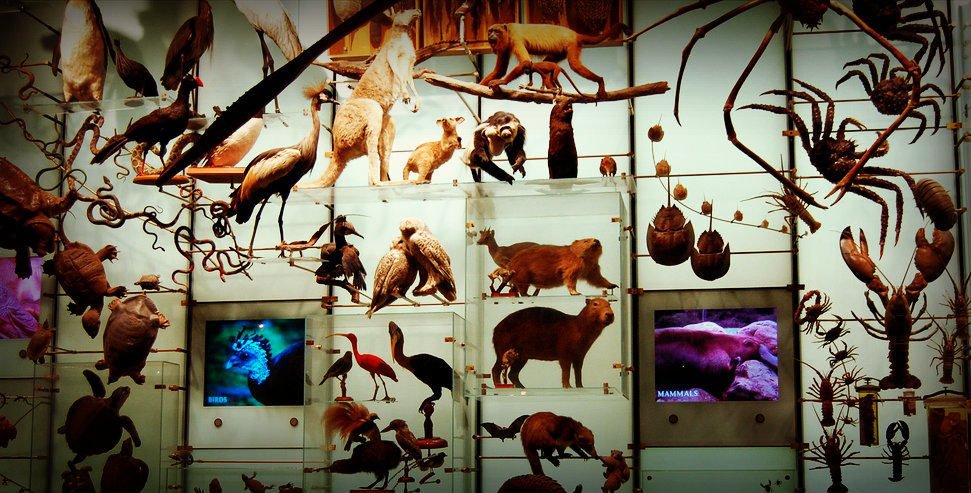

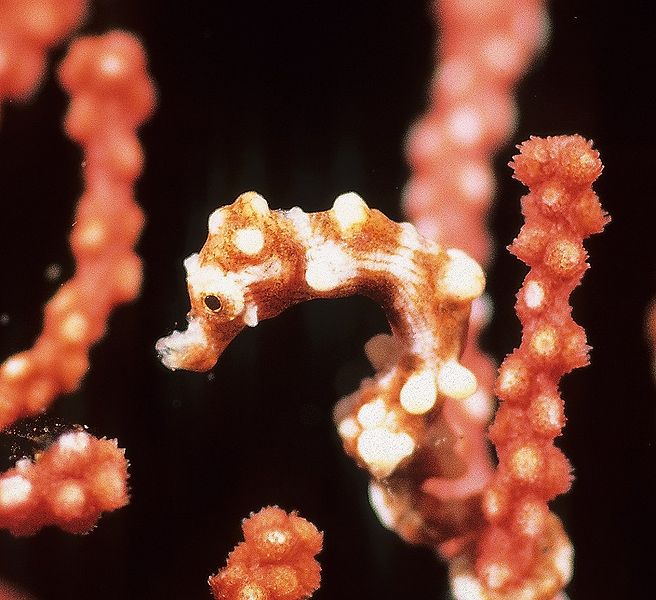
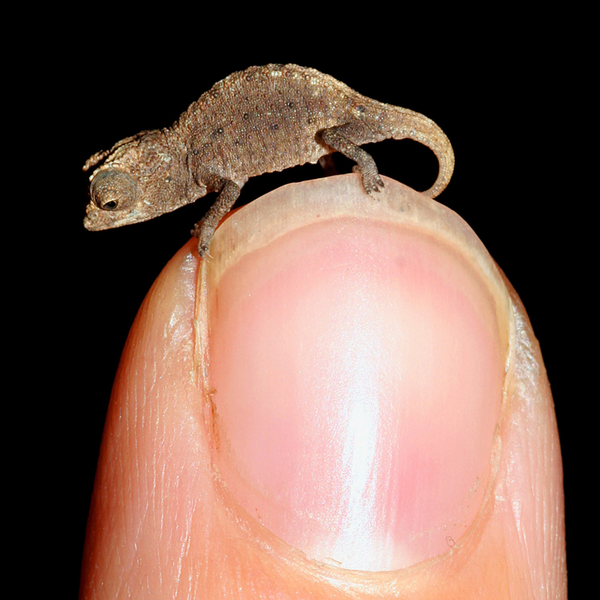
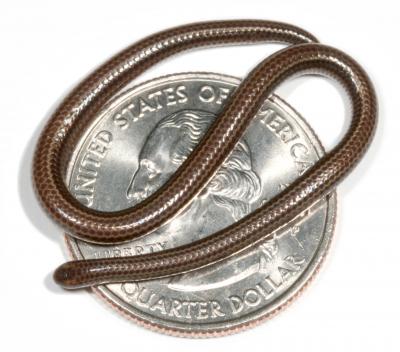
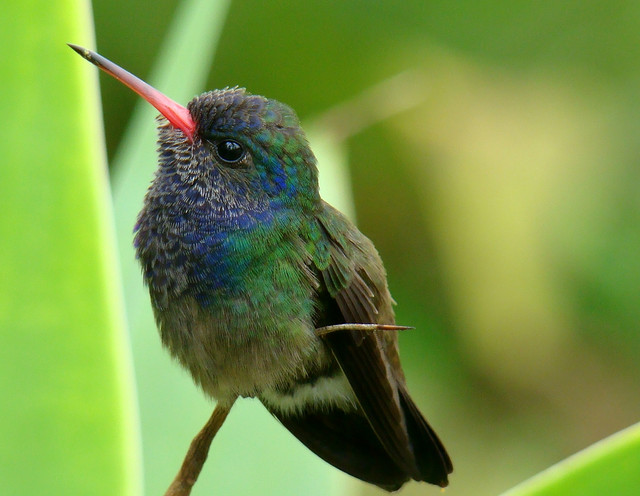
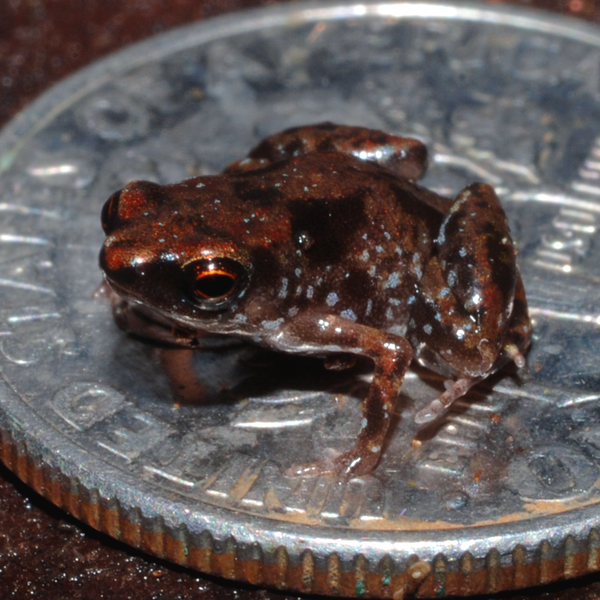
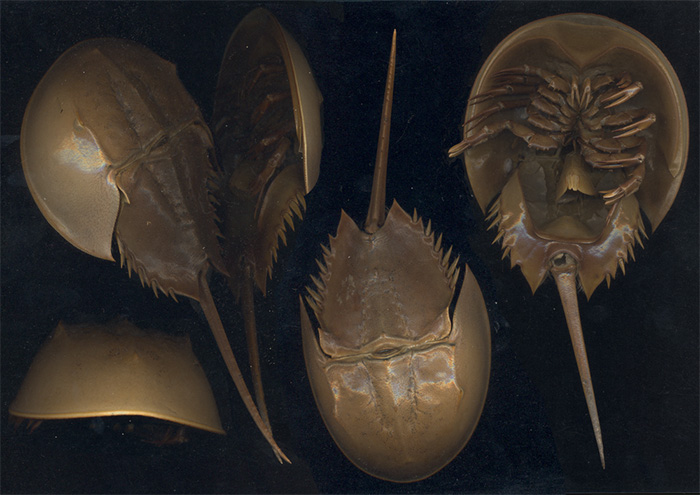
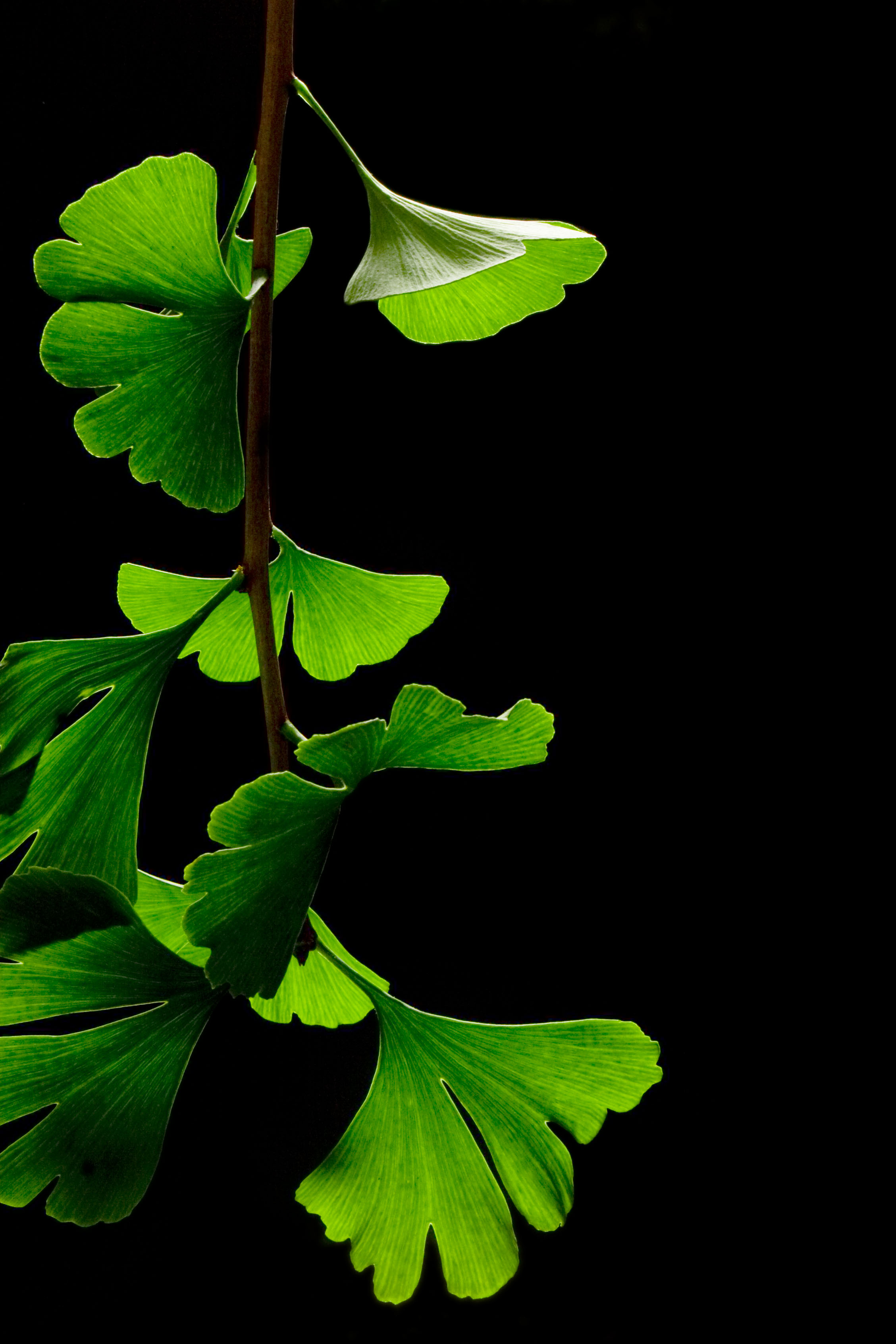


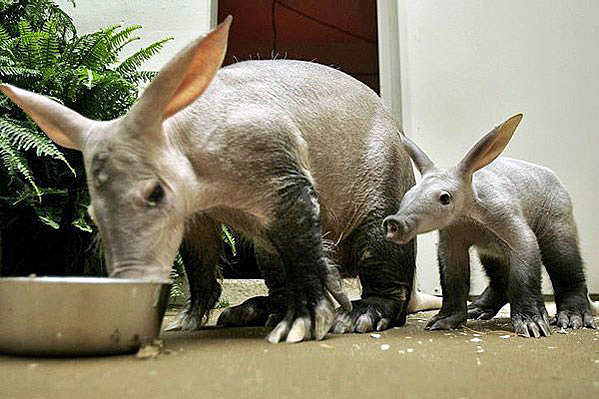
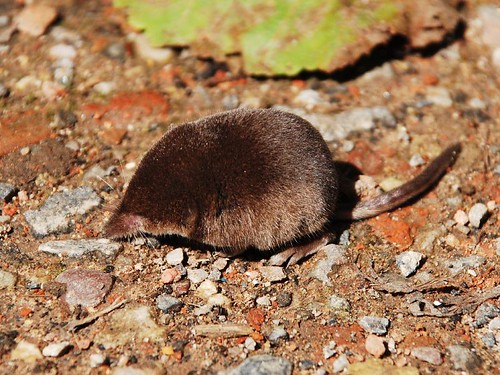
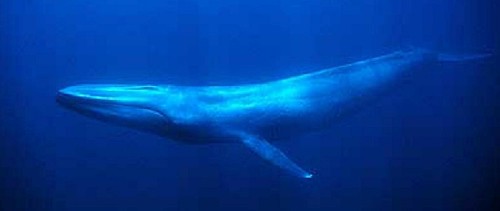
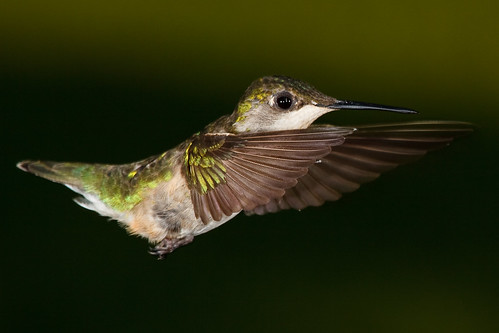

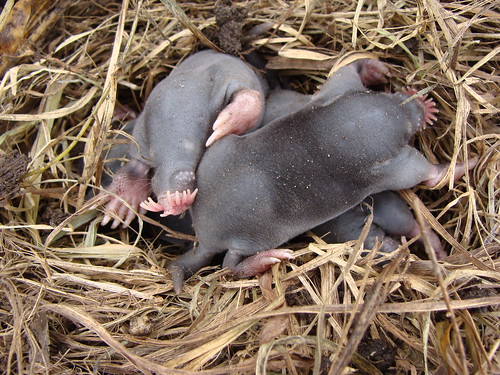




Feedback